Review of Interiors
Introduction
Woody Allen may have become famous, or infamous given your persuasion, as a jittery New-Yawk comic, furnishing his brand of pop-psychological humor into successful films like ‘Annie Hall’ and ‘Sleeper’ with the help of writing partner Marshall Brickman. But it was long known that Woody, ever the lugubrious, self-conscious depressive, fostered deeper artistic concerns that Hollywood wasn`t willing to cater to. Hence it took the massive success of ‘Annie Hall’ before the first major split from his niche was to be risked. The resulting film, which, if viewed back to back with one of Woody`s "earlier, funnier movies", has to be one of the most shocking artistic U-turns ever to be conducted by a major American director.
‘Interiors’ is a spare chamber-piece that consciously mimics the alienated melancholy of Allen’s idol Ingmar Bergman (particularly `Cries & Whispers`, from which he borrows the `three sisters` motif) and also the detached apocalyptic fervor of Tarkovsky at his most unrelenting. With such high-brow intimations, it feels weird to have quirkily sexy Woody regular Dianne Keaton playing it straight as Renata, a neurotic poet harboring an emotionally crippling fear of death. Her sisters, mousy misfit Joey (Mary Beth Hurt) and estranged movie starlet Flyn (Kristin Griffith); along with their emotionally precarious mother, Eve (a beautifully coordinated performance from Geraldine Page.) are quite a high-maintenance bundle of mental turmoil for patriarch Arthur (E.G. Marshall.) Particularly after he announces his incumbent marriage to another woman (brazen and uncouth Maureen Stapleton) which sends Eve into an unstoppable suicidal descent.
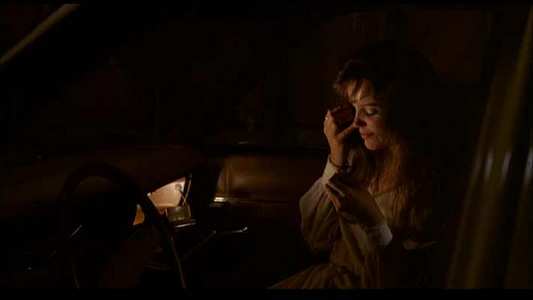
Video
Half-way decent anamorphic transfer, that has retained a rather unfortunate number of dirt and scratches from the late 70s. However, you`d have to do a lot worse than this to disturb the profoundly luminous autumnal glow emanating from Gordon Willis` photography.
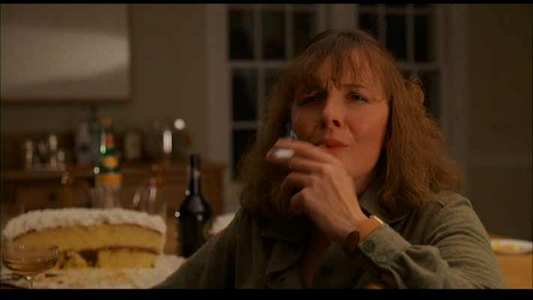
Audio
A weak, unflattering mono track that would be serviceable if it weren`t for the occasionally atrocious recording on some of the dialogue, never served well beneath the crackling and somewhat indecipherable distortion.
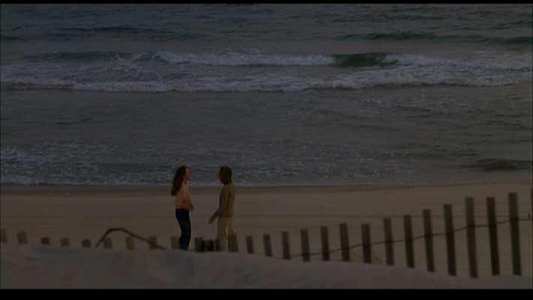
Features
The turgid trailer utilizes a dry pomposity in regurgitating the film`s critical raves by mostly Manhattan-centric journalists. Apart from that, zip.
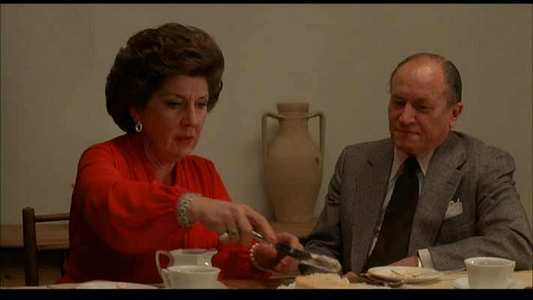
Conclusion
Despite the initial rumblings of displacement after the unbelievably perky ‘Annie Hall’; ‘Interiors’ quickly becomes a beautifully bleak imitation of European art-films that saw Allen morph perfectly into a master at portraying the constipated woes of domestic sterility. Almost. At times the film is so visually stunning in its manifestation of internal coldness and external obsession (Gordy Willis` minimalist shades give the film a haunted, almost baroque sense of inner decay), that one can become easily distracted from the content of the piece (a feeling exacerbated by the heavily intellectual dialogue, almost devoid of even the most modest moments of leavening humor.) However, this is easily reprimanded by repeat viewings, in which the subtlety, elegance and almost apocalyptic pessimism of the piece comes through in all its delicate portraiture and pop-psychology dialogue.
Admittedly, the experimentalism of the tone betrays what really isn`t a huge jump in subject matter, sticking solidly with Allen`s obsessions with the emotional lives of elite academics. And his point still seems to be the same: a dynasty of wealth and intellectual heritage dominated by intimidating but superficial literati, whose mental acuity is matched only by their emotional incompetence; whose culturally hermetic perspective limits their ability to detect even the most basic emotional needs of those around them. However, rarely has a mainstream filmmaker more openly and unblinkingly embraced the abstract spiritual disintegration of the post-war avant garde. Decidedly flawed, but a moving and utterly despairing glimpse into the abyss; and the disc, as it turns out, is a bleak gaze into the realm of the bad back-catalogue.







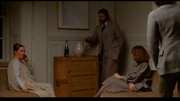

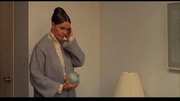


































Your Opinions and Comments
Be the first to post a comment!